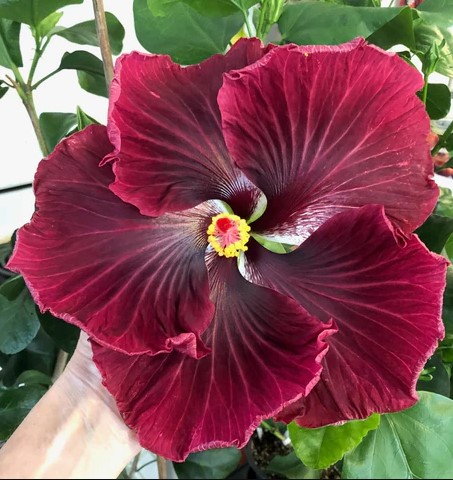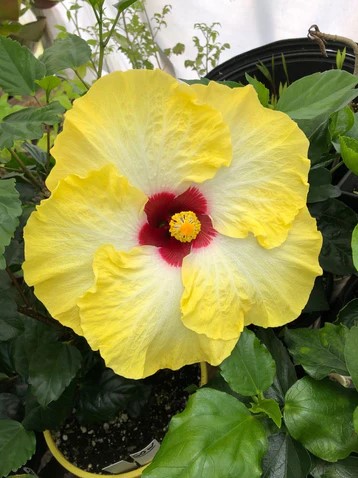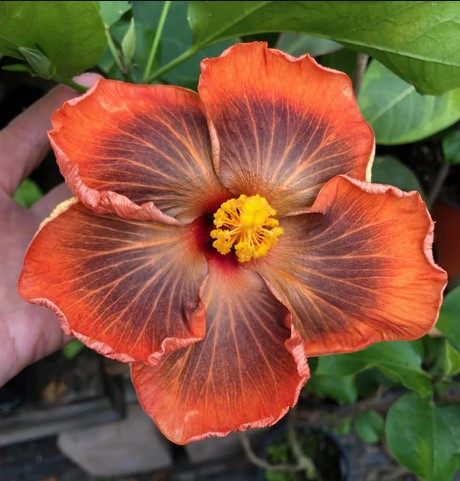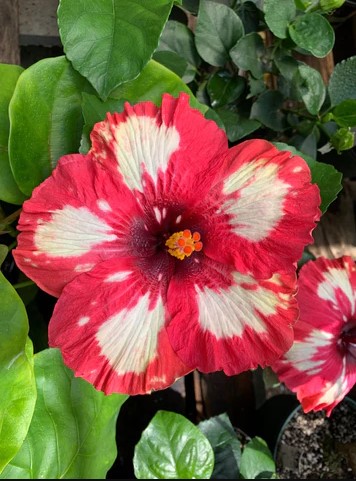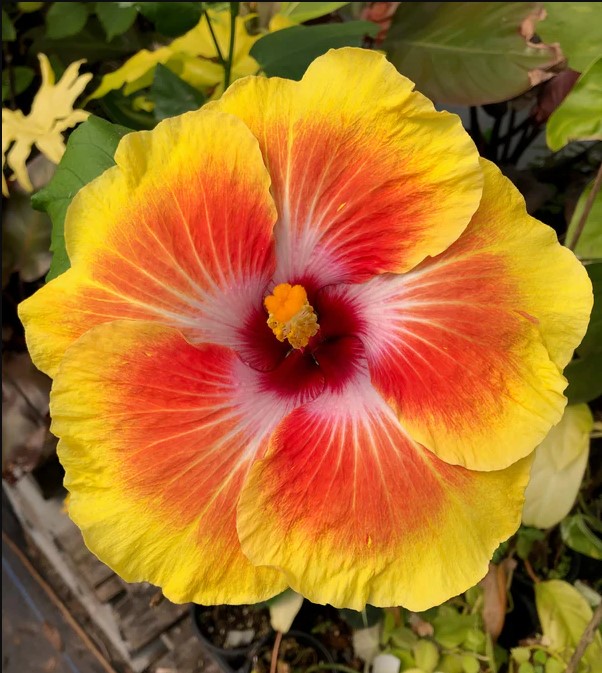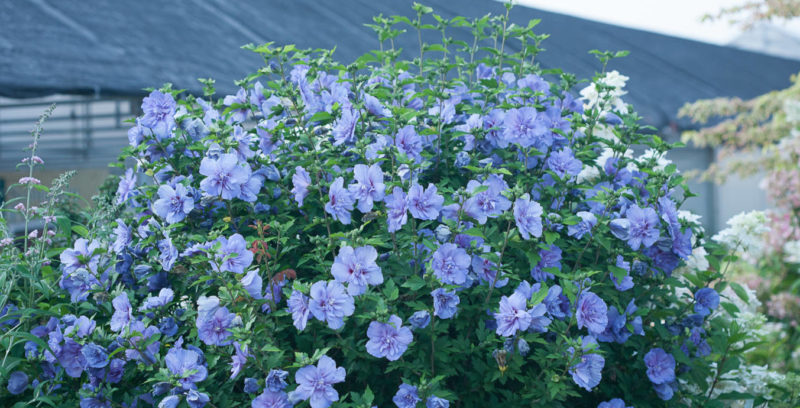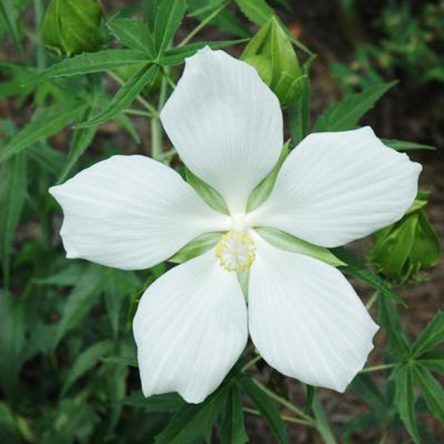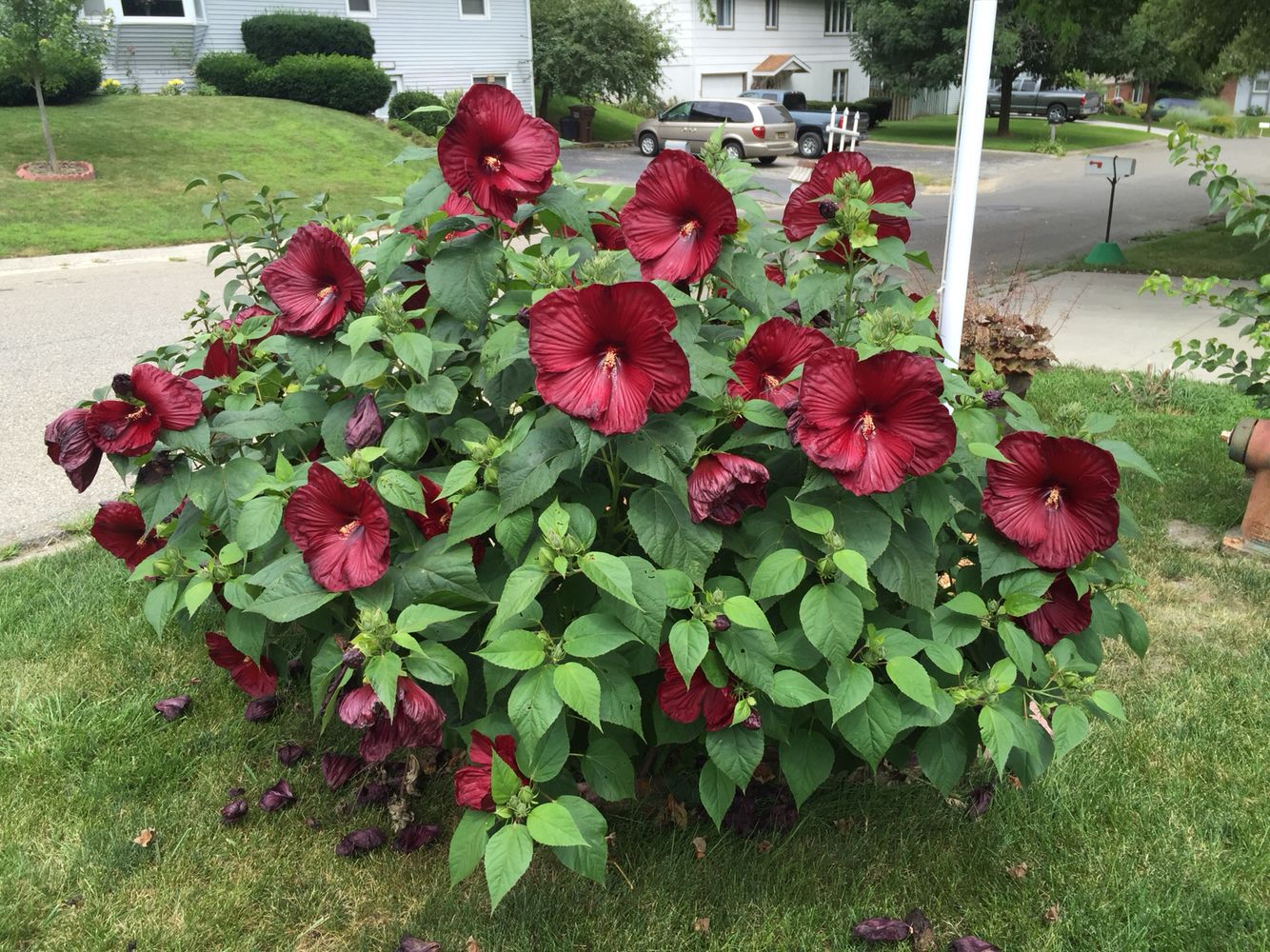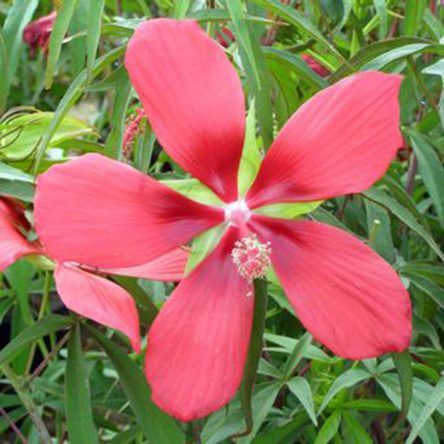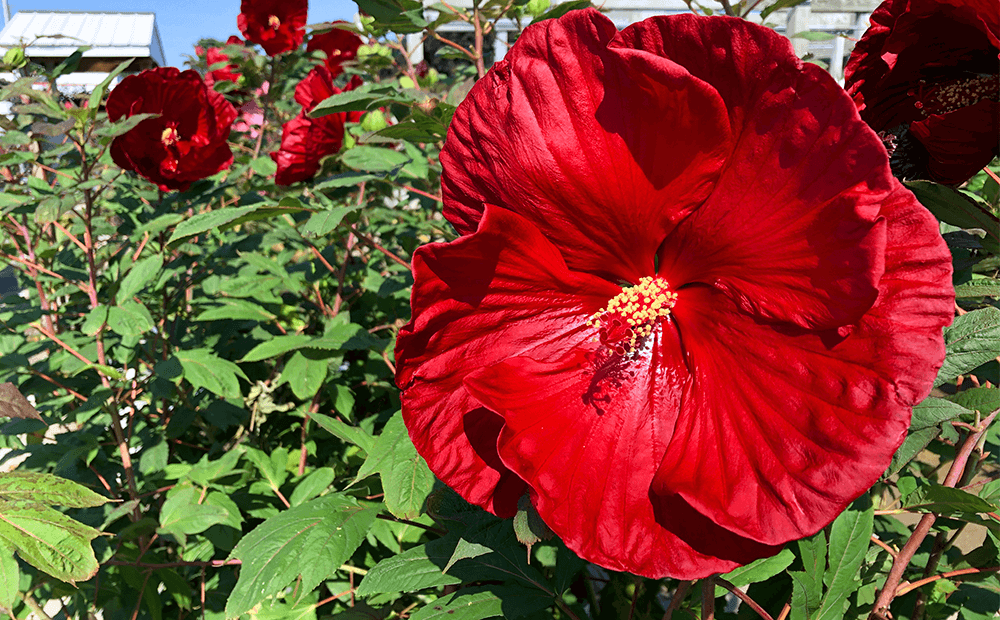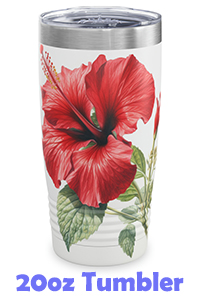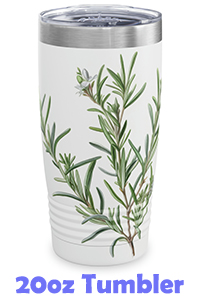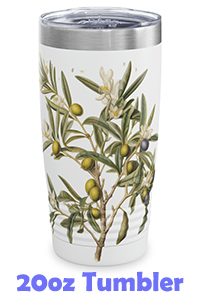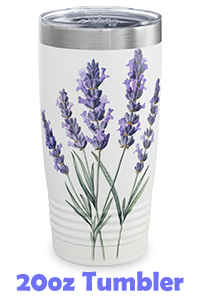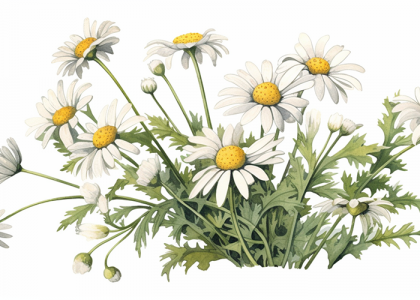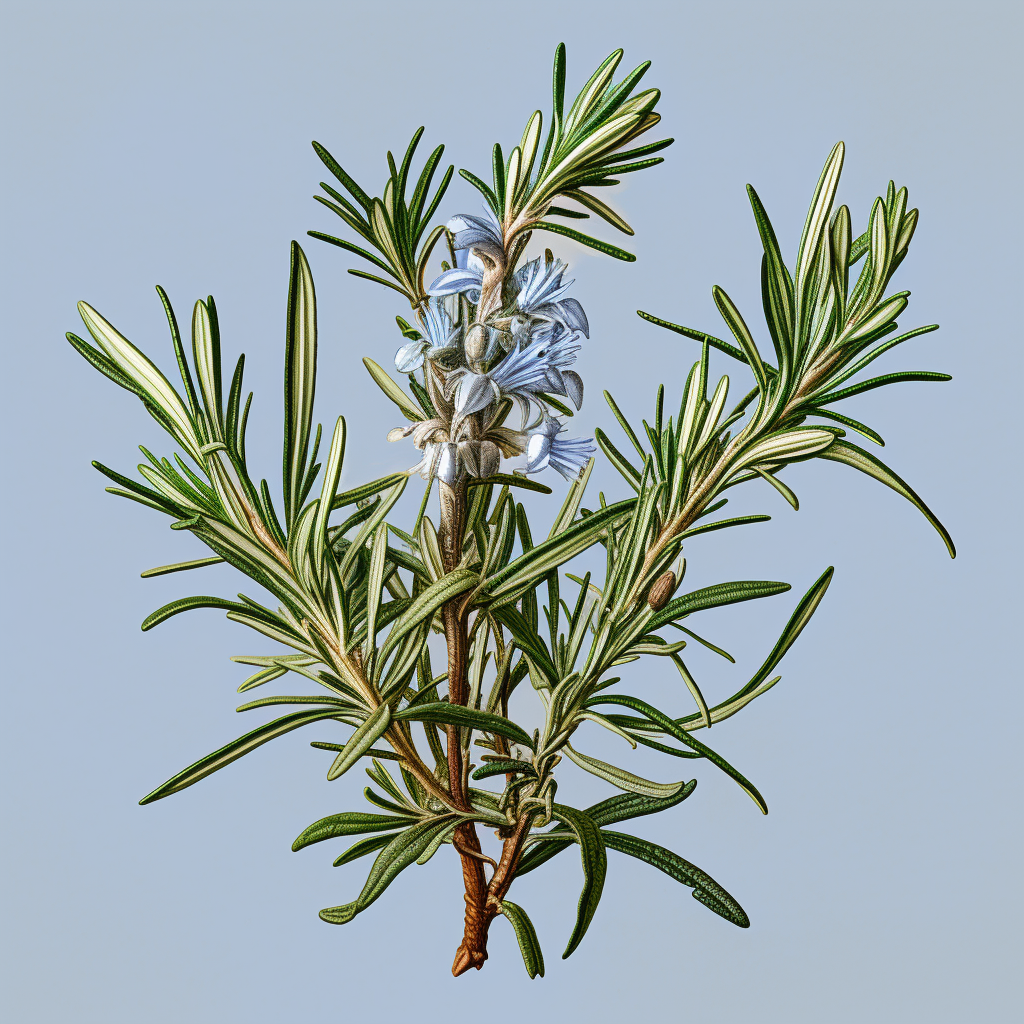Hibiscus plants are known for their stunning, colorful flowers and are a popular addition to many gardens. They come in two types: tropical hibiscus and hardy hibiscus. In this blog post, we will discuss how to grow both types of hibiscus plants and some tips to help ensure a successful harvest.
Growing Tropical Hibiscus
Tropical hibiscus plants are native to warmer climates and are often grown as houseplants in cooler regions. They require warm temperatures, plenty of sunlight, and well-draining soil to thrive. If you are not in the tropics (you probably aren’t), you’ll need to grow the tropical variety in pots.
Choosing the Right Location
Tropical hibiscus plants need at least six hours of direct sunlight each day to produce flowers. They also require warm temperatures, with a minimum temperature of 60 degrees Fahrenheit. Choose a spot in your garden or a location inside your home that receives plenty of sunlight. Since most people will be growing these in pots, you can enhance the plant’s natural beauty with colorful pots, and you can move them from place to place until you get just the right look. You’ll want to overwinter these in a garage or closed shed. Mine grow back each year. The leaves die off, but the “sticks” pop leaves out as soon as it warms up and they are placed back into sunlight.
Soil Preparation
Tropical hibiscus plants prefer slightly acidic soil with a pH of 6.0 to 6.5. Before planting, mix organic matter such as compost or peat moss into the soil to help retain moisture and improve drainage. I also add a good amount of sand into my mix to help with drainage
Watering and Fertilizing
Tropical hibiscus plants need regular watering, but be careful not to overwater them, as they are susceptible to root rot. Fertilize the plants every two weeks during the growing season with a balanced fertilizer. I’m in Texas, so my tropical hibiscus plants get water every day. The Texas heat dries them out really well and makes it nearly impossible to overwater.
Growing Hardy Hibiscus
Hardy hibiscus plants are native to temperate climates and can withstand colder temperatures than their tropical counterparts. They require full sun and well-draining soil to thrive. There are 3 varieties of hardy hibiscus, however, all three are “hardy” hibiscus: Hardy Hibiscus, Rose of Sharon and Texas Star Hibiscus. The Hardy and Texas Star varieties will die off in the fall and regrow in the spring. Rose of Sharon on the other hand is a shrub and will regrow from the branches that remain after the leaves fall. The other two varieties will need their old growth cut back, but I don’t do this until I see new growth in the spring. Although, I’m a native Texan, the Rose of Sharon is my favorite variety. It says that hardy hibiscus is suitable for zones 5 -9.
Choosing the Right Location
Hardy hibiscus plants need full sun to produce flowers. Choose a spot in your garden that receives at least six hours of direct sunlight each day. These are stunning plants when they are in full bloom, so make sure to place them where they can be seen and enjoyed.
Soil Preparation
Hardy hibiscus plants prefer slightly acidic soil with a pH of 6.0 to 7.0. Before planting, mix organic matter such as compost or peat moss into the soil to help retain moisture and improve drainage. I also add a good amount of sand into my mix to help with drainage
Watering and Fertilizing
Hardy hibiscus plants need regular watering, but be careful not to overwater them, as they are susceptible to root rot. Fertilize the plants in the spring with a balanced fertilizer.
Conclusion
Growing hibiscus plants can be a rewarding experience, whether you choose tropical or hardy varieties. By choosing the right location, preparing the soil, and providing proper watering and fertilization, you can ensure a successful harvest of beautiful, colorful flowers. Incorporating hibiscus plants into your garden is a great way to add beauty and color to your outdoor space.
Hibiscus is a beautiful flowering plant that is known for its vibrant colors and tropical appearance. However, what many people may not know is that the hibiscus flower has numerous health benefits. In this blog post, we will explore the various health benefits of hibiscus flowers and how you can incorporate them into your diet.
Health Benefits of Hibiscus

Lowers Blood Pressure
Hibiscus flowers have been found to have antihypertensive properties, which means they can help lower blood pressure. This is because hibiscus flowers contain compounds that can help relax the blood vessels, allowing blood to flow more easily. Drinking hibiscus tea daily can help reduce your risk of developing hypertension.
Helps with Weight Loss
Hibiscus flowers are also great for weight loss. They contain enzymes that can break down carbohydrates and fats, which can help you lose weight. Drinking hibiscus tea can also help curb your appetite, making it easier to stick to your weight loss goals.
Boosts Immune System
Hibiscus flowers contain vitamin C, which is essential for maintaining a healthy immune system. Vitamin C helps the body produce white blood cells, which fight off infections and diseases. Drinking hibiscus tea can also help reduce inflammation, which can further boost your immune system.
Improves Digestion
Hibiscus flowers can also improve your digestion. They contain compounds that can help soothe the digestive tract and reduce inflammation. Drinking hibiscus tea after meals can help reduce indigestion, bloating, and constipation.
Rich in Antioxidants
Hibiscus flowers are rich in antioxidants, which help protect the body from harmful free radicals. These free radicals can damage cells and contribute to the development of chronic diseases. Drinking hibiscus tea regularly can help reduce your risk of developing these diseases. The ideal way to consume hibiscus (any hibiscus) is to dry the leaves and make a tea that can be enjoyed hot or cold. I like to blend other herbs into my hibiscus teas as the hibiscus masks some of the off-putting flavors of other beneficial herbs. It can also be used in face creams or masks. Although red hibiscus flowers are the standard, give it a try with any hibiscus you have and see what you think about the flavor (I just buy dried leaves in bulk).
Conclusion
Hibiscus flowers are more than just a beautiful addition to your garden. They offer numerous health benefits, including lowering blood pressure, aiding in weight loss, boosting the immune system, improving digestion, and providing a rich source of antioxidants. Incorporating hibiscus flowers into your diet is easy with hibiscus tea, which can be enjoyed hot or cold. So, next time you’re looking for a healthy and refreshing beverage, consider brewing yourself a cup of hibiscus tea and reap all the benefits of this wonderful flower.


